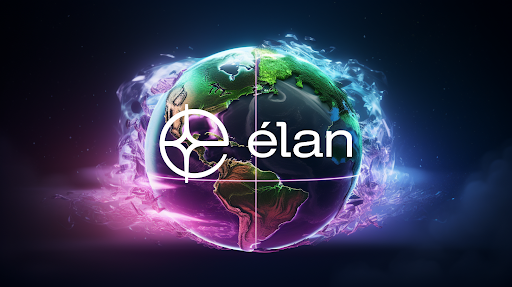
Pollution in developing nations has negative health consequences for their low-income populations. A World Bank report reveals that poor air quality results in cardiovascular and respiratory diseases, causing 7 million deaths annually. Pollution surpasses AIDS, tuberculosis, and malaria combined as the leading cause of illness and mortality.
There are several reasons why pollution affects developing countries more severely than developed regions. These countries often lack stringent air quality regulations, rely more heavily on outdated machinery and transportation, have a higher dependence on fossil fuels, and employ slash-and-burn agricultural practices. When combined with inadequate healthcare infrastructure, these factors contribute to a significant increase in pollution-related illness and death.
Vulnerable communities, particularly those living in poverty, bear the brunt of pollution. Data indicates a strong correlation between pollution and poverty, with 716 million individuals living on less than $1.90/day exposed to high levels of PM2.5 particles. Sub-Saharan Africa alone is home to 405 million people, accounting for 57% of this demographic.
Furthermore, 275 million extremely impoverished individuals face direct exposure to hazardous PM2.5 levels. Shockingly, one in ten individuals exposed to high air pollution lives in extreme poverty. In lower-middle-income countries, 64.5% of the population is exposed to high PM2.5 levels, compared to only 4.4% in low-income countries and 0.9% in high-income countries.
Pollution not only claims lives but also imposes severe economic costs. According to a World Bank report, air pollution resulted in an estimated $8.1 trillion loss in 2019, equivalent to 6.1% of global GDP. Hence, pollution poses a substantial economic burden, affecting 5-14% of a country's GDP.
Addressing pollution is crucial for global prosperity and wealth creation. Aggressive decarbonization strategies are necessary to mitigate the adverse impacts of climate change. Blockchain-cryptocurrency technology, such as that offered by companies like Elan Future, can play a vital role in this endeavor by providing energy-efficient solutions to facilitate sustainable development.
Elan Future, a blockchain-cryptocurrency company, has developed innovative technological solutions to reduce pollution in developing nations. Their patented technology enables these countries to decrease their reliance on fossil fuel-based energy production and corporate-controlled distribution networks. By leveraging the power of blockchain, parametric resonance, and negative ion technology, Elan Future has opened up new possibilities for energy generation.
Among Elan Future's flagship products is Apollo, which utilizes parametric resonance to amplify energy production, resulting in ten times more electricity. This portable, plug-and-play device offers significant energy cost reductions for households, industries, and electric vehicle owners, while also promoting greener alternatives to fossil fuel-based electricity.
Another notable product from Elan Future is Model 2, which harnesses negative ions from the environment to generate usable AC/DC electricity. This sleek device produces sustainable and clean energy without harming the environment. Bia, another Elan Future device, saves up to 97% of energy by connecting to house heating solutions, reducing the burden on non-renewable energy sources during winter.
Elan Future's native blockchain, called "The Chain," connects all their devices, with Elan tokens powering the network. Consumers can use these tokens to purchase Elan products, pay for electricity, and send tokens through a mobile application. Blockchain technology enables Elan users to remotely monitor their electricity usage and directly donate energy to impoverished individuals without relying on centralized intermediaries.
By leveraging Elan Future's advanced technology, developing countries can reduce pollution levels and empower impoverished communities with access to clean energy. This transformative shift will help millions overcome energy poverty, paving the way for sustainable and equitable energy generation and distribution practices.








